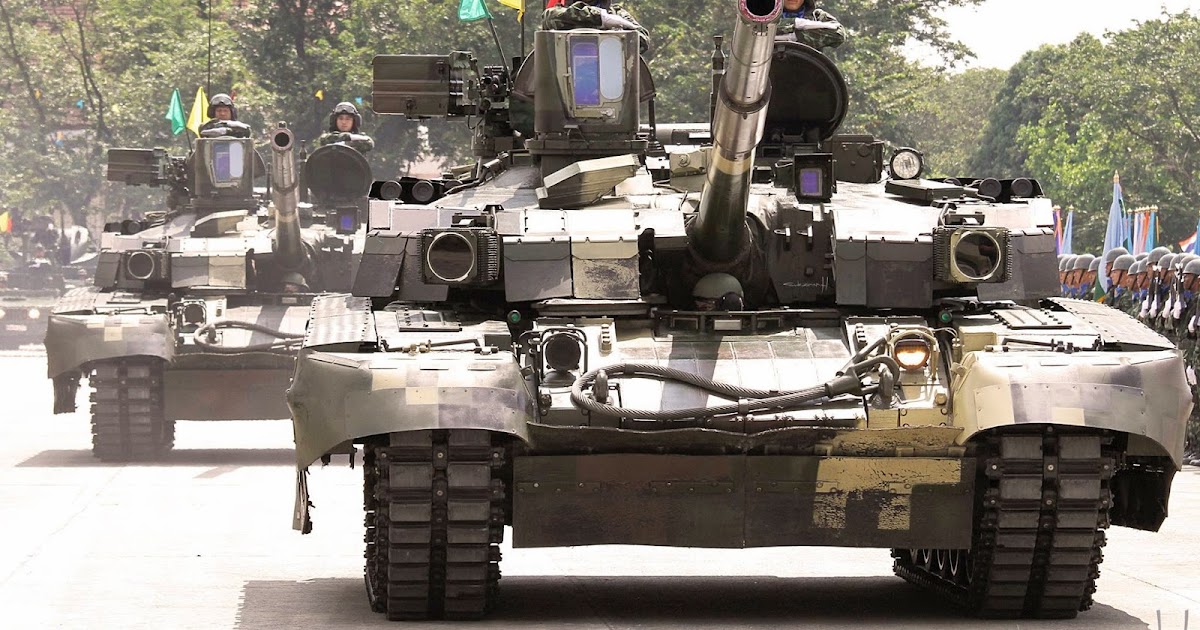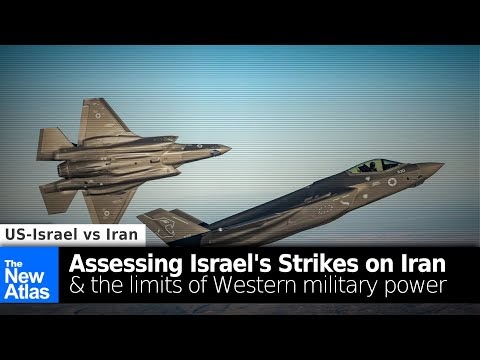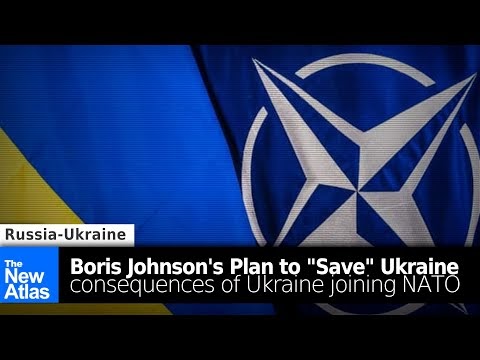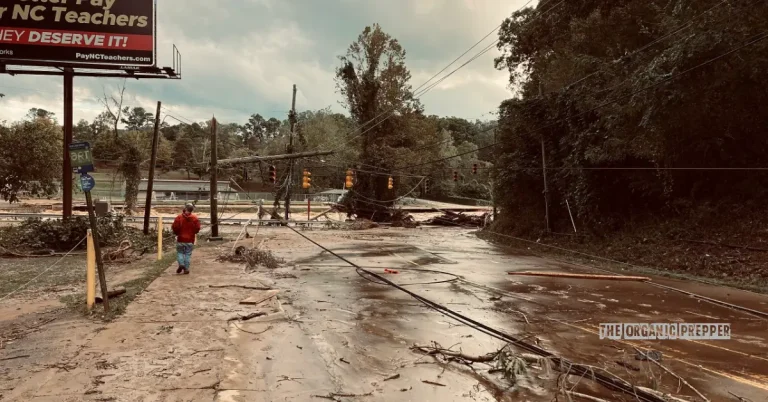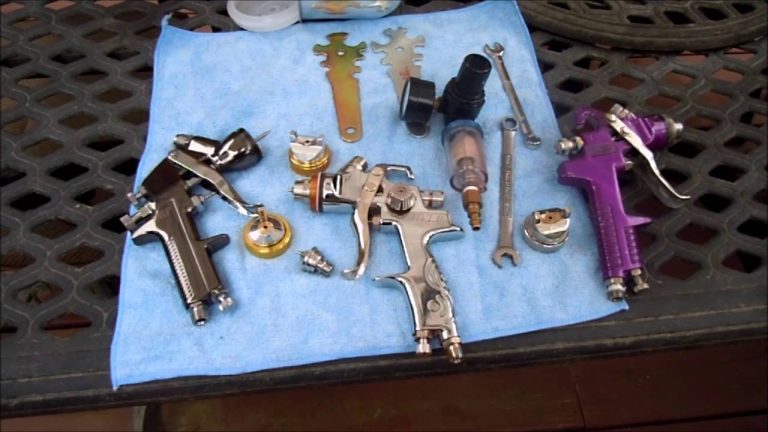August 24, 2023 (Brian Berletic – New Eastern Outlook) – In mid-August as Ukraine’s offensive remained stalled on the battlefield, Russian officials claimed the US was pressuring Southeast Asia to transfer Soviet-made arms to Ukraine.
In a TASS article titled, “US twists arms of Vietnam, Thailand, Cambodia to send Soviet weapons to Kiev — top brass,” it was claimed that the purpose of doing this was to “prolong the conflict in Ukraine by all possible means.”
The development reflects a much larger problem the US and its allies face as they continue encouraging Ukraine to fight Russian forces.
The Desperate Search for More Arms
The desperate search for more arms for Ukraine has been a central theme amid US and European support of the conflict since it began. Russia’s military reduced Ukrainian forces, both in terms of trained manpower and equipment in the opening months of the Special Military Operation (SMO). What weaponry Ukraine had left was quickly running out of ammunition.
A desperate bid to scour the planet for spare Soviet-era arms and ammunition was made along with the decision to incrementally replace all of Ukraine’s Soviet-era weapons with NATO equipment. This included sending M777 howitzers, M109 self-propelled guns, the HIMARS multiple launch rocket system, and eventually even NATO main battle tanks like the Leopard 2 from Germany, the Challenger 2 from the UK, and possibly even the M1 Abrams from the US.
There is now also ongoing talk of replacing Ukraine’s dwindling number of Soviet-era warplanes and munitions with US-made F-16s and associated ordnance.
The next problem that presented itself was the reality that NATO was incapable of producing enough of its own equipment and ammunition to meet the rates of fire and losses Ukraine faced on the battlefield. US and European artillery shell production, for example, is vastly outpaced by Russian shell production. Even after a planned expansion of production expected to be completed by 2027, the US and EU will still be producing fewer shells per month than the Russian Federation currently produces.
In the meantime, the US and the rest of NATO have insisted that Ukraine change its methods on the battlefield to conserve ammunition and equipment, relying more on NATO-style maneuver warfare and even on unmounted soldiers with small arms, exacting a tremendous casualty rate on an already badly battered Ukrainian military.
The recent Ukrainian offensive, launched in early June, proved that this was not plausible and that the only hope of Ukraine succeeding on the battlefield, or at a minimum, to continue fighting on, was indeed for the US and the rest of NATO to provide Ukraine with many more weapons and ammunition.
Recruiting a Reluctant Southeast Asia
Toward this end, it appears the US is pressuring Southeast Asia, which has so far attempted to remain neutral in the conflict. The goal is to transfer what Soviet-era and now Russian-made equipment Southeast Asia has on hand to Ukraine.
While the TASS article mentions no specifics, Vietnam and Thailand, especially, have plenty of compatible equipment and ammunition that would indeed help perpetuate the conflict.
Vietnam has long considered Russia to be a close ally, stretching back to the days of the US-led Vietnam War and continuing to today. Vietnam is by far the largest importer of Russian-made weapons, including systems that would be compatible with Ukrainian stockpiles and inventories including everything from warplanes and helicopters, to tanks, artillery systems, and air defense systems.
Thailand, while widely viewed as a close non-NATO ally of the United States, has in recent years diversified away from US and European-made weapons and has acquired a growing number of Russian and Chinese-made equipment as well as systems compatible with both.
For example, Thailand has a growing collection of Russian-made Mil Mi-17 transport helicopters, a cheaper and more capable aircraft compared to Thailand’s existing fleet of US-made Blackhawk helicopters. Ukraine has been sent whatever Mi-17 helicopters the US and its allies could find, including those originally meant for the now extinct US client regime in Afghanistan, US state media Voice of America reported last year.
While NATO has plenty of helicopters of their own, sending Ukraine these helicopters would be problematic in terms of training, maintenance, and sustainment. Sending airframes Ukrainian pilots and maintenance crews are already familiar with like the Mi-17 would work well toward perpetuating the conflict longer.
US Interference: An Unending Curse
Before the US-sponsored overthrow of the Ukrainian government in 2014, the Thai government placed an order of up to 49 Ukrainian T-84 Oplot main battle tanks with intentions to buy more in the future. Because T-84 production, like much of Ukraine’s production before 2014, depended heavily on parts originating in Russia, and because the post-2014 government cut all ties and cooperation with Russia, the order was significantly delayed.
Eventually, all 49 T-84 tanks were delivered to Thailand where they now reside. The Thai government clearly needed to replace the T-84 tanks and did so with Chinese-made VT-4s, knowing that not only was it unlikely Thailand could order more T-84s from Ukraine if necessary, obtaining spare parts, engines, and other support for the vehicles would be difficult if not entirely impossible.
If the US is indeed pressuring Thailand to send arms and ammunition to Ukraine, the T-84 Oplot would be a good candidate for such “assistance.” The tanks would represent systems Ukrainian operators and mechanics would be more familiar with than the NATO tanks Ukraine is now increasingly finding itself reliant on. The 49 T-84 tanks Thailand currently has on hand represents a larger number of tanks than donated by the UK (14 Challenger 2s) and US (31 M1 Abrams) combined.
The fact that US interference in Ukraine first destroyed Ukraine’s armored vehicle industry by installing a client regime into power which pursued self-destructive anti-Russian policies, then deliberately triggered a conflict with neighboring Russia which may now necessitate Ukraine begging for its delayed order of T-84 tanks back from Thailand, demonstrates just how destructive US foreign policy is.
US interference not only has clearly harmed Ukraine, but now also threatens nations like Vietnam and Thailand. Both nations now face possibly being pressured into sending equipment and ammunition to Ukraine, depleting their own inventories, straining their otherwise constructive relationships with Russia while doing so, and helping perpetuate a conflict in Ukraine which ultimately undermines peace, stability, and prosperity worldwide, including in Southeast Asia.
With the Ukrainian offensive doing so poorly that even US analysts and intelligence officials now admit it will not achieve its stated objectives, it may be more difficult for the US to pressure Southeast Asia into investing into what is an obviously lost cause. Only time will tell ultimately just how much damage is done by Washington’s Ukraine project and how far that damage will spread beyond Ukraine’s borders.
Brian Berletic is a Bangkok-based geopolitical researcher and writer, especially for the online magazine “New Eastern Outlook”.







